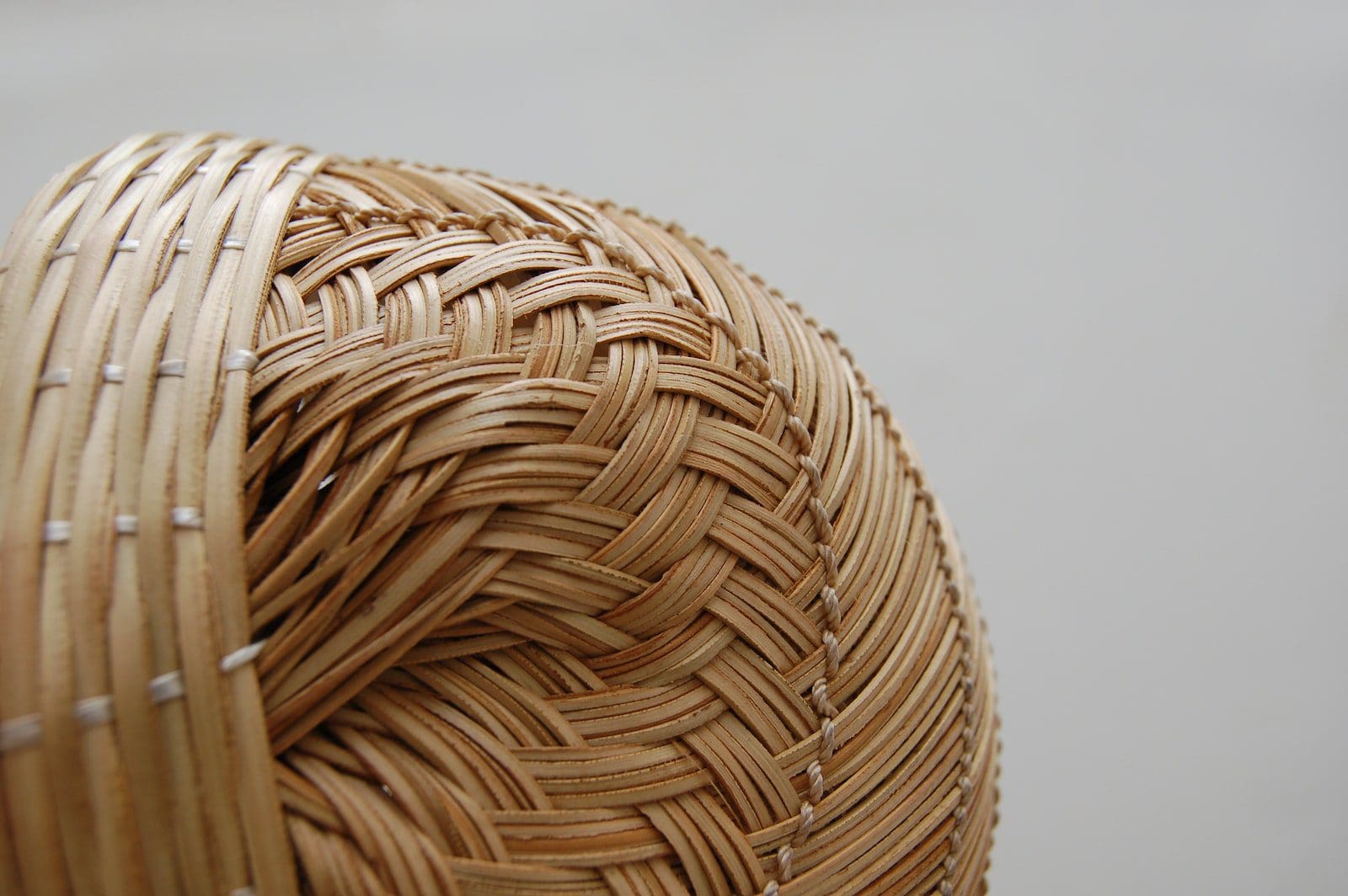Wicker and rattan are two words that are misunderstood and used interchangeably. This makes it challenging to determine whether these terms have the same meaning.
To clear up any misunderstandings, wicker and rattan are not the same things. These two words, in fact, relate to distinct entities.
Key Takeaways
- Wicker refers to the technique of weaving materials, while rattan is a natural material sourced from palm plants.
- Rattan furniture is more durable and eco-friendly than wicker, which may use synthetic or natural materials.
- Both wicker and rattan are popular for lightweight, stylish furniture, but rattan is considered more long-lasting.
Wicker vs Rattan
The difference between wicker and rattan is that rattan is an actual substance, and wicker is a special way of weaving. For example, there are many options for outdoor furniture that is woven from wicker or rattan material. Rattan is the material used to make furniture, and wicker is the weaving pattern used to make furniture. Consequently, “wicker rattan weave” is used.

Wicker is a woven pattern that has been used for a long time. The origins of the wicker method may be traced all the way back to Ancient Egypt.
Chests, boxes, and baskets made of wicker have been discovered in the tombs of ancient pharaohs.
Though the wicker method has been around for thousands of years, the Arts and Crafts Movement, which started in the early 1900s, helped it gain popularity in the modern world.
Rattan is a vine-like species that can be found in tropical regions of Africa, Australia, and Asia.
When the skin is peeled away, a flexible but strong material that may be woven into a variety of forms is revealed. Rattan comes in approximately 600 distinct species.
Rattan garden furniture is a popular option due to its sturdy, fibrous characteristics.
Comparison Table
| Parameters of Comparison | Wicker | Rattan |
|---|---|---|
| Definition | Wicker is the pattern used in weaving them together. | Rattan is the material used in furniture. |
| Features | It may be strong or may not be. | Solid Core |
| Durability | Less | More |
| Versatility | Less | More |
| Suited | Outdoor | Indoor |
What is Wicker?
Wicker is a technique for weaving reed or rattan-like materials into a strong surface. It’s a weaving technique that may be done with anything wood.
Wicker is a type of weaving found in baskets and furniture.
Wicker is an ancient Egyptian method that has been handed down through the centuries and is still used in modern furniture design.
Wicker furniture going back to 3,000 B.C. has been found by scientists and archaeologists. Wicker baskets, crates, seats, and chests have been discovered in the tombs of rich pharaohs.
Weaving has a unique and creative charm. The Arts and Crafts Movement, which started in the early 1900s, has resulted in a resurgence of wicker weaving in the last century.
Many people have tried to preserve this art alive by holding weaving workshops and spreading awareness about this cherished form of weaving.
Although wicker is associated with antiques and historical objects, it can also be used in modern environmental settings.
Wicker may be produced from woven fibres or, more recently, synthetic resins have been used to create wicker weaves.

What is Rattan?
The vine is the name of the climbing palm tree. Rattan is a reed-like wood that is flexible and may be used to make furniture.
Rattan is derived from secondary growth, such as vines and stems that make the wood a liana, rather than from the tree itself. Liana isn’t regarded as a true “wood” like that found in trees.
Palm plants like the Raphia and Sago’s palm belong to the calamoideae family, which is the rattan’s categorization.
Climbing palms are found in over 600 different species. It’s a cane or palm that’s native to Asia and Africa. There is a thin stem that may be woven into designs for use in furniture and other projects.
Rattan is more easily harvested than wood, yet it is endangered. They resemble thick vines that may reach a length of 80 feet. They are gathered and treated before being used to make furniture.
To make it clear, we’re comparing pole rattan to broom handles.
Rattan, like broom handles, is circular and comes in a variety of thicknesses. Indonesia produces the finest rattan on the planet.
That is why we collaborate with Indonesian manufacturers to create our natural rattan goods. Rattan takes paint and stains much like wood. Therefore, it’s used in furniture.
It’s also used in various crafts, like basket weaving.

Main Differences Between Wicker and Rattan
- Rattan is the material used in furniture, whereas Wicker is the pattern utilized in weaving them together.
- Rattan has a strong core and comes in a variety of natural hues. Wicker furniture, on the other hand, maybe either sturdy or weak. It mostly depends on the wicker furniture’s construction material.
- In terms of versatility, Rattan furniture much surpasses wicker furniture.
- In terms of durability, Rattan furniture beats wicker furniture.
- If exposed to sunlight, natural rattan furniture will fade. As a consequence, it is only suitable for use inside. Painting wicker furniture or furniture made of synthetic materials, on the other hand, is not known to fade when exposed to sunshine. As a result, they may be utilized both inside and outside.

- https://www.sciencedirect.com/science/article/pii/S1877042812033770
- https://www.degruyter.com/document/doi/10.1515/9780824860387-003/html